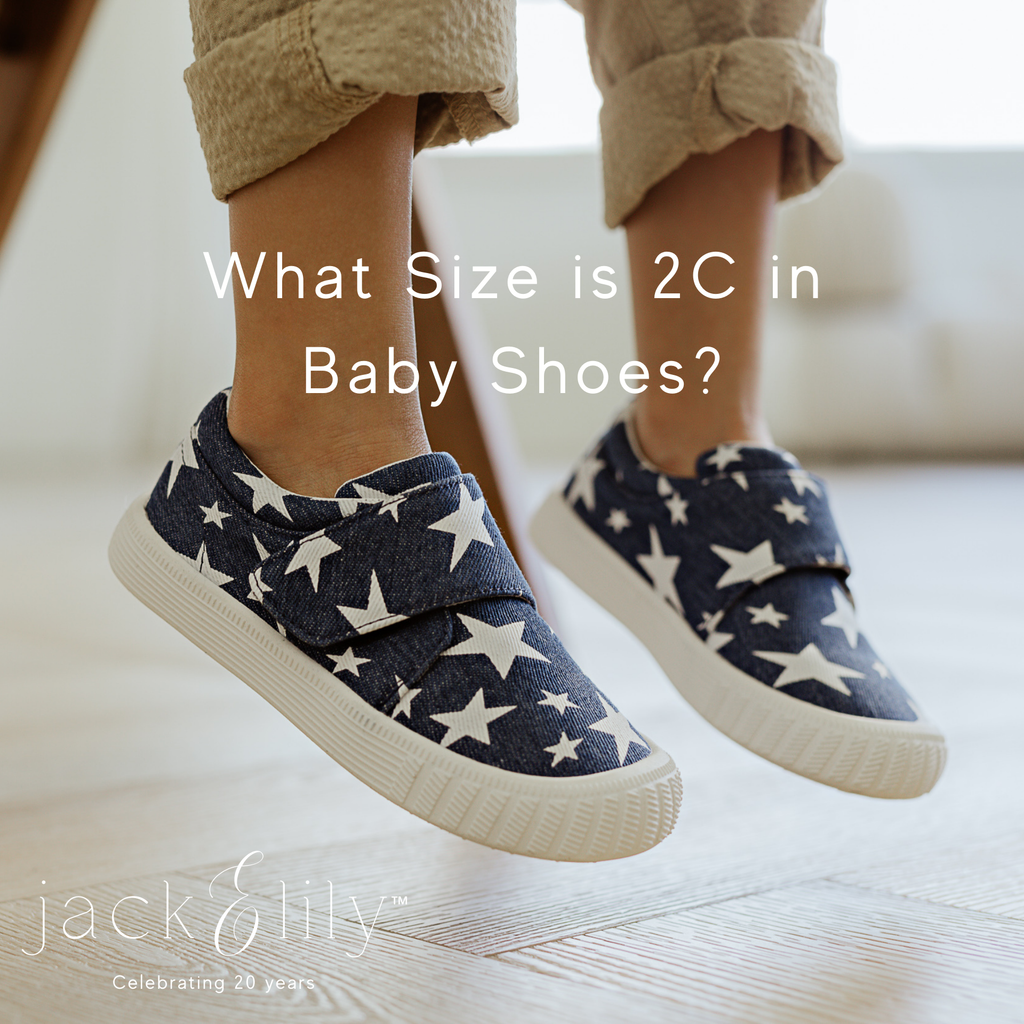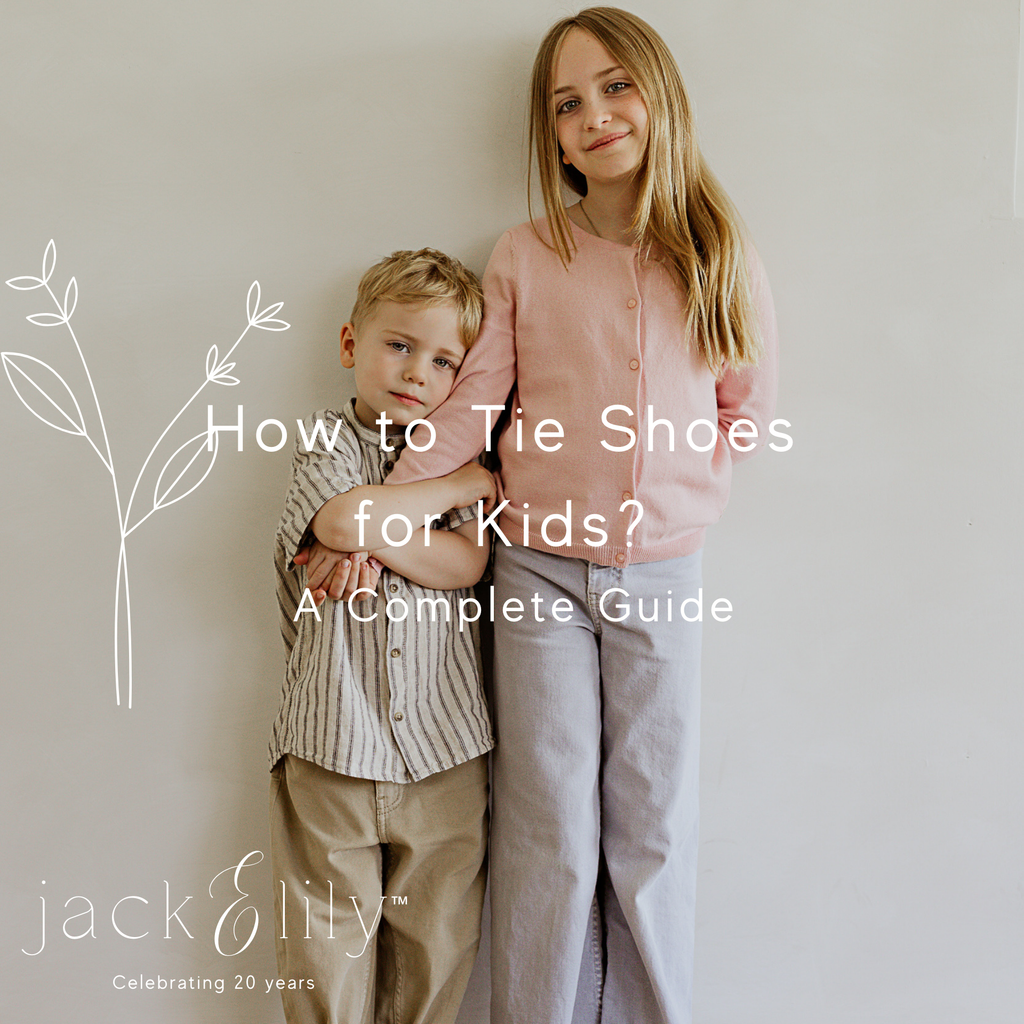Have you ever encountered a '2C' while shopping for your little one’s shoes? Do you still find yourself puzzled by terms like C, TD, and Y when searching for baby shoe sizes, trying to figure out what they actually mean? You’re in the right place.
Join us as we unravel common baby shoe sizing systems and the letters associated with them.
This guide will answer popular shoe size questions and share a few tips to understand the customized shoe sizing standards. As a parent, identifying the exact size group is vital for finding the perfect fit for your adorable tots. Read on to find out what size 2C is in baby shoes!
Understanding Baby Shoe Size 2C: Measurements and Fit
2C in any baby shoe is a glossary term used to identify the shoe size that matches the baby's size. The letter ‘C’ stands for ‘Child,’ indicating the shoe is meant for infants and toddlers. The number "2" refers to the shoe's length, corresponding to your baby’s foot size.
As per the standard size chart, baby girl shoes or baby boy shoes with 2C are designed to fit baby feet that are approximately 3.5 inches (8.9 cm) in length. Each ‘C’ size, like 3C or 4C, corresponds to specific measurements of a baby's feet.
Baby Shoe Terminology: A Glossary for Parents
Various terms refer to different sizing standards for baby shoes. According to the classification, these designations correspond to specific lengths and widths of your baby’s feet. Here’s a guide to some of the popular size glossaries you’ll come across while looking for baby shoes:
- TD: TD in baby shoes stands for ‘toddlers’ who are walking, typically between 1 and 3 years old. The size approximately corresponds to between 4C and 8C, as per Jack and Lily.
- PS: PS represents ‘Preschool,’ referring to kids older than toddlers. Preschool kids are usually between 3 and 5 years old. The size chart corresponds to 8C to 11C in standard shoe sizes.
- Y: In shoe size charts, 'Y' denotes sizes for children who are older than toddlers and preschoolers. The size range typically begins with 1Y, which is intended for kids around 6 years old and up.
- M: The letter 'M' indicates the width of a baby shoe rather than its length. 'M' stands for medium width and is often used with a numerical size, such as 2C M, to specify that the shoe has a medium-width fit.
- W: "W" stands for "Wide Width," meaning the shoe is designed to accommodate broader feet. Like "M," it is used with a size number, such as 2C W, to indicate that the shoe has a wider fit for babies with broader feet.
To figure out these designations, such as what size 2C in baby shoes corresponds to for your little one, you need an accurate measurement of your baby’s feet. There are multiple ways to get the measurement of your baby’s feet.
How to Measure Your Baby’s Foot
It is crucial to determine your baby’s foot measurement before choosing the right shoe sizes. Ensuring the right fit is essential for comfort, healthy feet, and overall well-being.
There are several common methods to determine the measurement of your baby’s feet. Some of these are as follows:
- Trace the Foot: Place a piece of paper on a flat surface and gently place your baby’s foot on it. Use a pencil to trace the outline of your baby’s foot. Ensure that the pencil is held vertically to get an accurate measurement. You can also download a printable size finder
- Measure the Length: Use a ruler or measuring tape to measure the length from the heel to the longest toe, and add 1/2 inch (1.3 cm) to allow room to grow. This measurement will give you the length of your baby’s foot.
- Check the Width: While the length is the most critical factor, it’s also helpful to measure the width of your baby’s foot, especially if they have wider or narrower feet than average.
- Consult a professional: Consult a podiatrist for an accurate measurement of your baby. A professional can help you identify the right shoe size for your little one.
Once you have the measurements, go shopping and choose the right size for your little explorer!
Converting Measurements to Shoe Sizes
Once you have the measurements, you can refer to a baby shoe size chart to find the corresponding shoe size.
No more confusion about what size 2C is in baby shoes! Here’s a general guide for baby shoe sizes based on foot length:
|
US SIZE |
APPROXIMATE AGE |
CM |
INCHES |
|
4 |
6 - 12 months |
11.5 |
4.5 |
|
5 |
12 - 18 months |
12.0 |
4.7 |
|
5.5 |
1.5 - 2.5 years |
12.5 |
4.9 |
|
6 |
2.5 - 3.5 years |
13.5 |
5.3 |
|
8 |
3.5 - 4.5 years |
15.0 |
5.9 |
Things to Keep in Mind While Choosing Shoe Sizes
- Get the measurement right
- Look for width sizes as well
- Sizes may vary for different types of shoes
- Brands use different size standards
Want to learn more about size charts? Check out Jack & Lily’s guide for information on various shoe sizes and standards to ensure you find the perfect fit for your little ones.
Perfect Fit Essentials: Choosing the Right Baby Shoes
Getting the exact measurements of your baby’s feet helps you find the perfect fit. Whether you're shopping for boys’ or girls’ shoes, there are key factors to consider to ensure the fit is just right.
- Look For Comfort: Always check your baby’s comfort while walking in the shoe. A perfect fit will keep the baby comfy and safe.
- Room to Wiggle: Ensure there is enough room in the shoe for your baby's feet to grow. The ideal fit should be neither too tight nor too loose.
- Regular Measurement: Children's feet grow rapidly, so measuring them every few months is essential.
Conclusion
Once you know what size is 2C in baby shoes, you'll have access to a wide range of stylish options for your little ones. From trendy canvas sneakers to classic boots, Jack & Lily offers a diverse collection of shoes available in every size. Shop now to match with a partner that supports your child’s holistic development.


